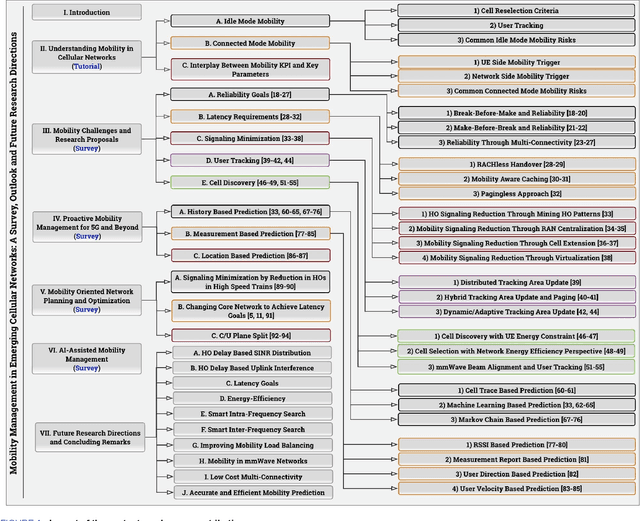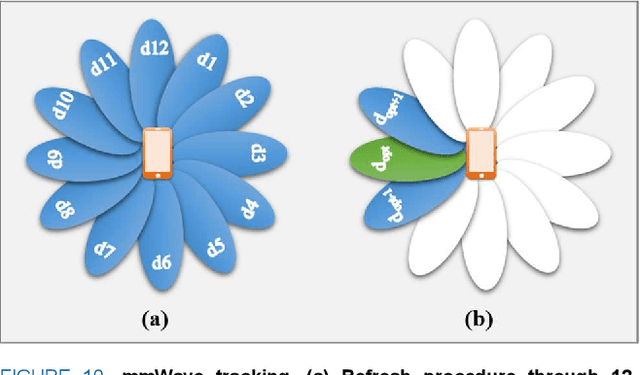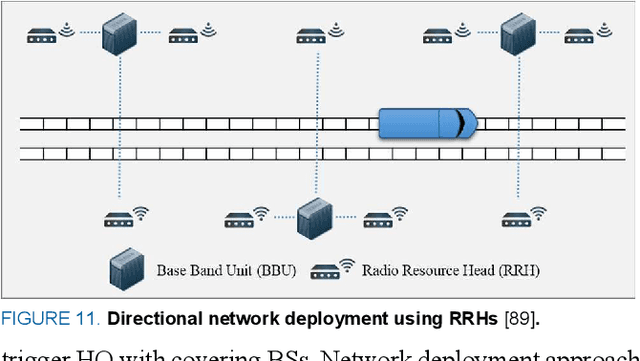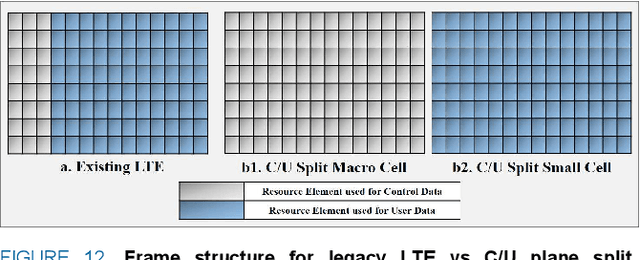Mobility Management in Emerging Ultra-Dense Cellular Networks: A Survey, Outlook, and Future Research Directions
Paper and Code
Sep 29, 2020



The exponential rise in mobile traffic originating from mobile devices highlights the need for making mobility management in future networks even more efficient and seamless than ever before. Ultra-Dense Cellular Network vision consisting of cells of varying sizes with conventional and mmWave bands is being perceived as the panacea for the eminent capacity crunch. However, mobility challenges in an ultra-dense heterogeneous network with motley of high frequency and mmWave band cells will be unprecedented due to plurality of handover instances, and the resulting signaling overhead and data interruptions for miscellany of devices. Similarly, issues like user tracking and cell discovery for mmWave with narrow beams need to be addressed before the ambitious gains of emerging mobile networks can be realized. Mobility challenges are further highlighted when considering the 5G deliverables of multi-Gbps wireless connectivity, <1ms latency and support for devices moving at maximum speed of 500km/h, to name a few. Despite its significance, few mobility surveys exist with the majority focused on adhoc networks. This paper is the first to provide a comprehensive survey on the panorama of mobility challenges in the emerging ultra-dense mobile networks. We not only present a detailed tutorial on 5G mobility approaches and highlight key mobility risks of legacy networks, but also review key findings from recent studies and highlight the technical challenges and potential opportunities related to mobility from the perspective of emerging ultra-dense cellular networks.
 Add to Chrome
Add to Chrome Add to Firefox
Add to Firefox Add to Edge
Add to Edge